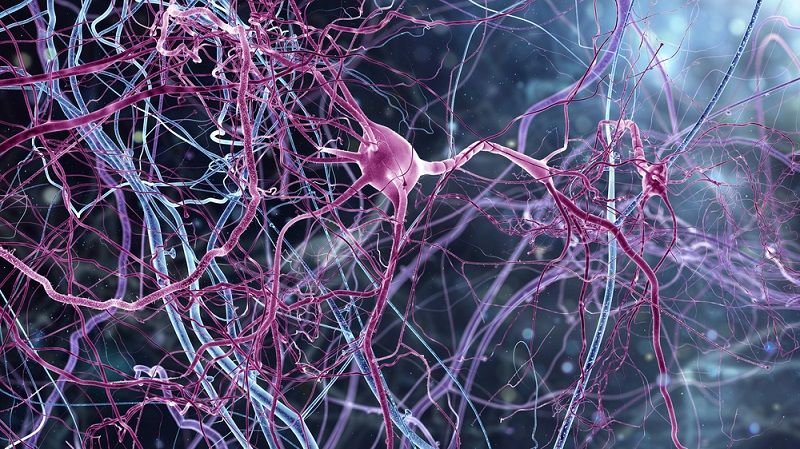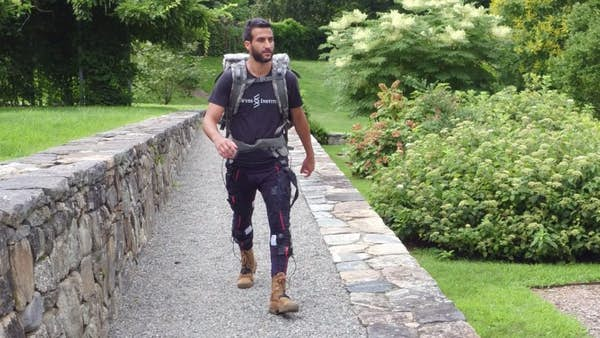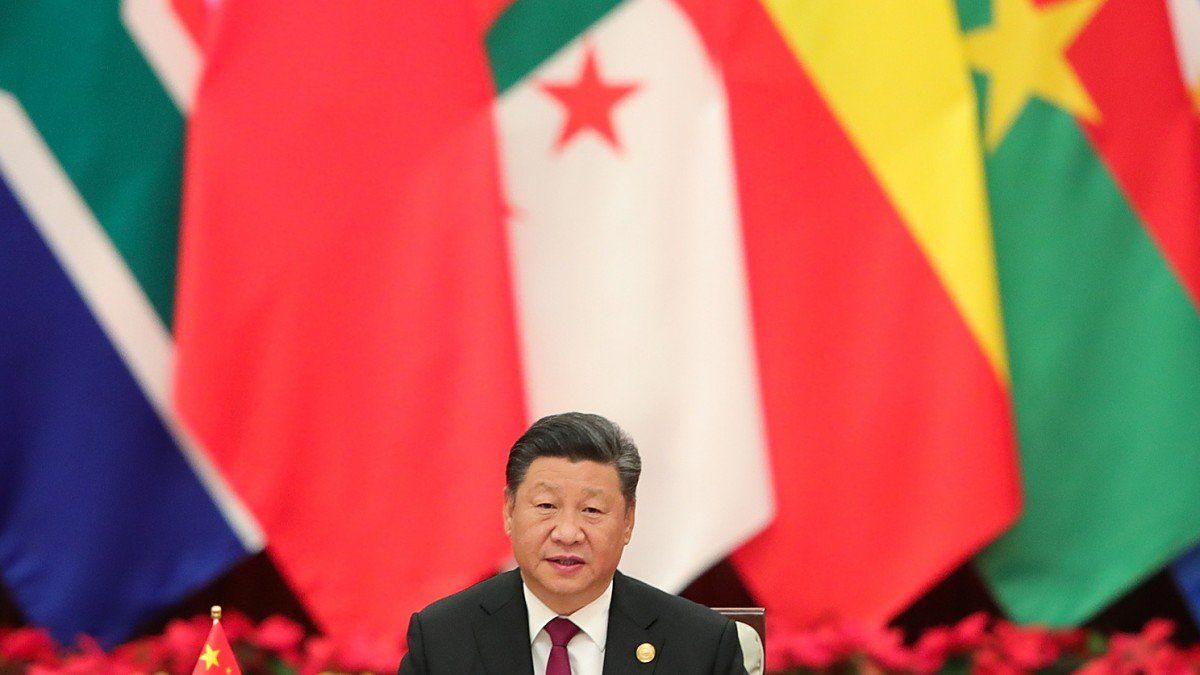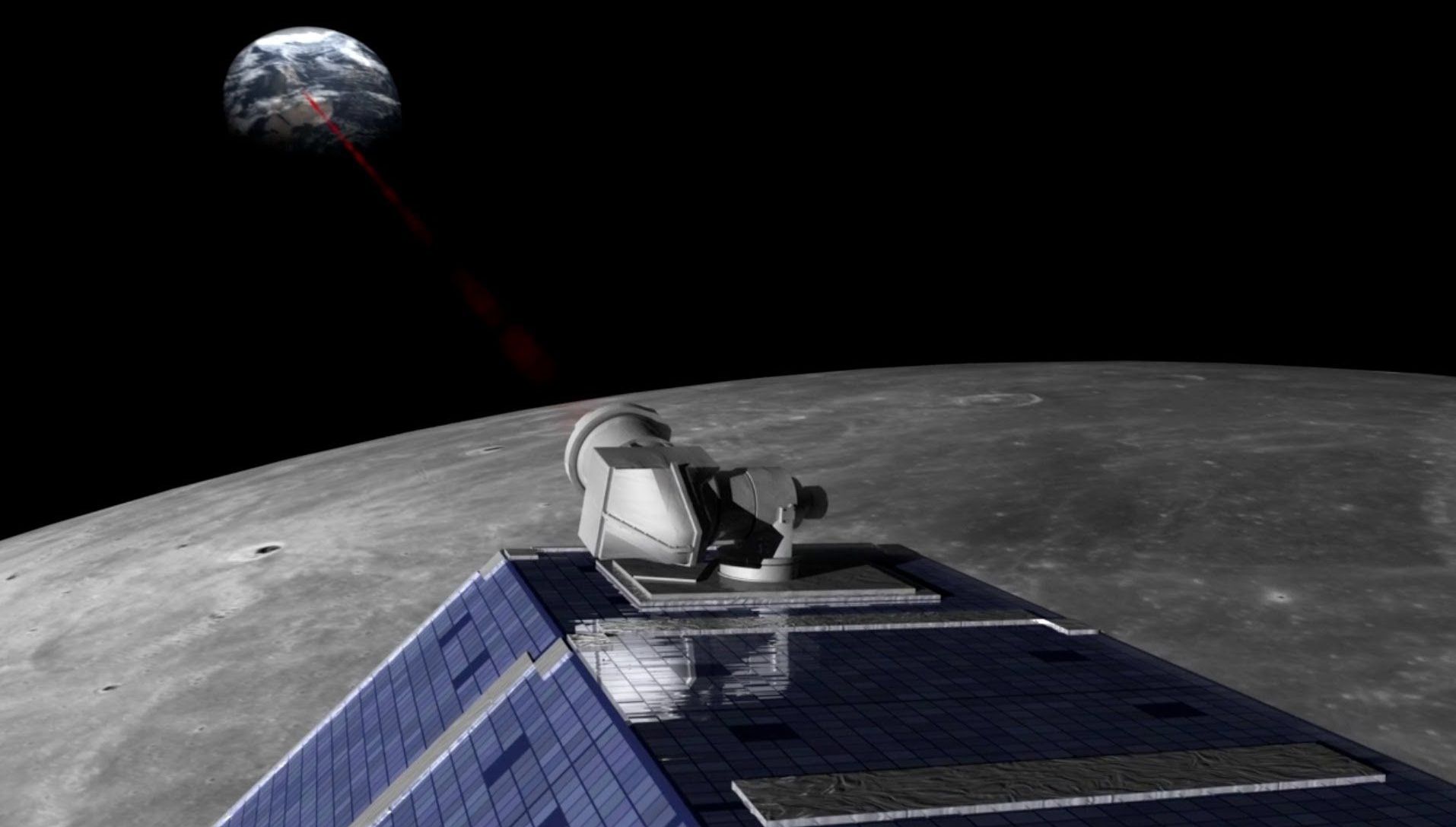
Recently, there has been an explosion of interest in applying artificial intelligence (AI) to medicine. Whether explicitly or implicitly, much of this interest has centered on using AI to automate decision-making tasks that are currently done by physicians. This includes two seminal papers in the Journal of the American Medical Association demonstrating that AI-based algorithms have similar or higher accuracy than physicians: one in diagnostic assessment of metastatic breast cancer compared to pathologists and the other in detecting diabetic retinopathy compared to ophthalmologists.
While promising, these applications of AI in medicine raise a number of novel regulatory and policy issues around efficacy, safety, health workforce, and payment. They have also triggered concerns from the medical and patient communities about AI replacing doctors. And, except in narrow domains of practice, general AI systems may fall far short of the hype.
We posit that the applications of AI to “augment” physicians may be more realistic and broader reaching than those that portend to replace existing health care services. In particular, with the right support from policy makers, physicians, patients, and the technology community, we see opportunities for AI to be a solution for—rather than a contributor to—burnout among physicians and achieving the quadruple aim of improving health, enhancing the experience of care, reducing cost, and attaining joy in work for health professionals.
Read more


















